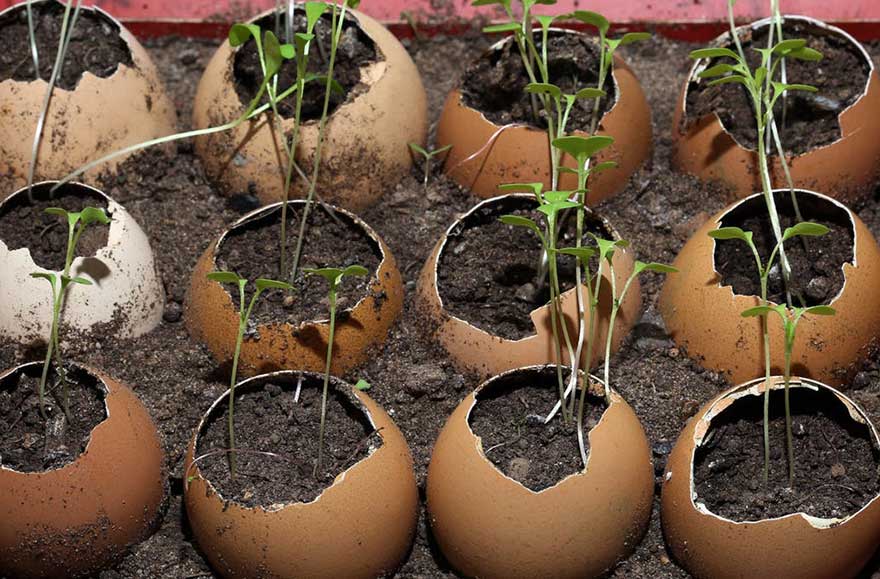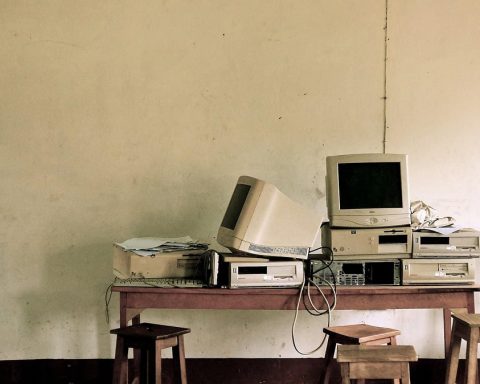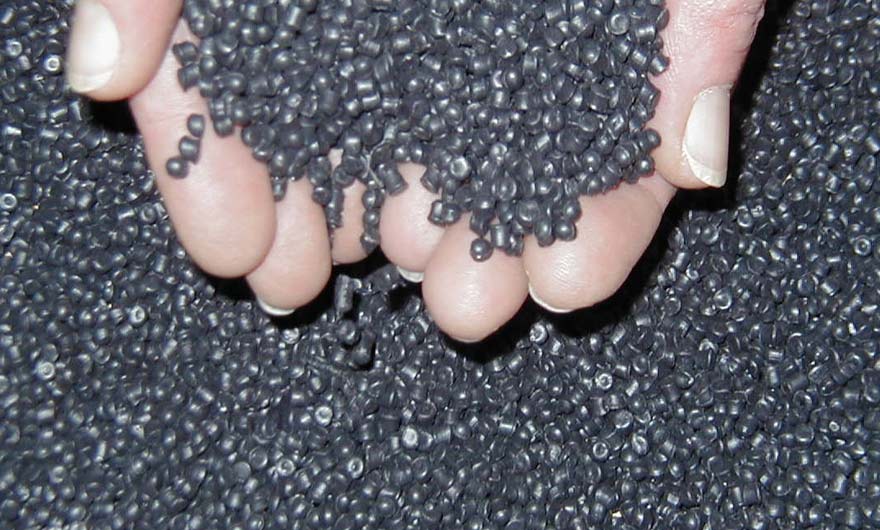Earthlings or Martians? The question may seem idle. It seems, however, to have already been decided in the minds of the propagandists of the technological headlong rush and the decision-makers they hypnotize. And we are constantly answering it ourselves through our lifestyles, through their cumulative global effect. By exceeding the planet's carrying capacity (measured by the"ecological footprint") or by crossing (to consider another set of global indicators) the "planetary limits"we almost all act as if we had another planet - as if Mars is about to welcome us! While this "us" masks inequalities in responsibility, we are dealing with another aspect of the problem.
Ahe global level at which the relevant indicators for assessing the impact of our activities on the planet are located is, for us humans, purely scientific. It refers to a dimension of reality to which our senses give us no access and which is not currently addressed by any political body.
The United Nations Security Council ensures world peace, but not the non-violation of global boundaries, although environmental issues can now be included. The Paris Agreement of 2015 represented real progress in this regard.
In a recently published book (Integral ecology: for a permacircular society(Éditions Puf), we propose to bring this global horizon into the democratic arena. We propose to transform the question of the non-fringement of planetary limits into an object of political decision (by taking the scale of a particular nation). And we claim that the answer to this question conditions the feasibility of a truly circular economy. The only one that allows us to continue to live on Earth.
Indicators in the red
Whichever indicator we choose, we have already crossed the limits of the Earth. We now consume on a global scale 1.7 planets, i.e. more resources than the Earth is capable of providing us with without damage. In 2017, the day the Earth's capacity was exceeded was as early as August 2nd. Since then, we have been living on credit.
In general, global material flows grow faster than world GDP since the early 2000s. In the article he wrote for the book Dictionary of Ecological Thinking (2015), the engineer François Grosse reminds us as follows:
"World steel consumption in 2011 - around 1.5 billion tonnes - is higher than the cumulative iron production of the entire human race up to 1900, since the prehistoric origins of the steel industry. A determining parameter of this upheaval is the "invention" of economic growth: during the previous millennia, world GDP grew at a rate of less than 0.1 % per year [...], i.e. a cumulative increase of less (or much less) than 10 % per century. On the scale of the evolution of societies, the transformation of the human economy over the past century or two is therefore a shock for which nothing has prepared our species. »
This shock is perpetuated by our economic system, essentially for two reasons: the rich countries maintain their level of material consumption at all costs and the middle classes in emerging countries are gaining access to Western lifestyles.
If you turn to the other global indicator, that of planetary limitsthe situation is not much more reassuring. Of the nine boundaries whose crossing would bring the Earth system to a state never before seen since the end of the last ice age, we have already crossed four: in the areas of climate, biodiversity, land use and the flows of phosphorus and nitrogen associated with our agricultural activities.
The environmental trap
Yet nothing very visible is happening, it is objected. This has long been the case, indeed. But not any more. There is now hardly a place on Earth where climate change is not somehow visible: whether it's the rapid melting of many glaciers and the melting of C feedback in West Antarctica, rising temperatures in the Arctic - 20°C above seasonal averages in late 2016 and early 2017, rising sea levels in the Indian Ocean, or heat waves, floods, cyclones and typhoons in Asia and North America.
Here we touch the heart of the environmental trap: we can degrade the planet for a long time without visible consequences; when they do, it is too late to protect ourselves from the damage associated with the level of degradation reached. We are here for the climate at least. And even if we canIt is almost a miracle that the average temperature increase at the end of the century did not exceed 2°C, which is not much more than a 2°C increase in the average temperature at the end of the century. not a climate walk waiting for us!
How far will we go on the path that still remains for all nations, pursuing the growth of their GDP, which inevitably translates into increasing consumption of resources? To the point of collapse? We will not venture to answer. Let us only recall that the famous 1972 Meadows Report on the limits to growth predicted that, under the alarming assumption that nothing would be done to change things, the curves charting our economic activities and world demography between 2020 and 2040 would rapidly reverse, in the form of a profound economic and social deterioration.
Let us simply note that the softness of our reactions, the primacy that we give to our economic model in all or almost all respects necessarily leads us, in a drive for uniformity of practice which has never been officially approved by any democratic or scientific body, to a technological headlong rush.
Mars, the impossible option
This forward flight is, in fact, a spatial forward flight. Continuing on our way supposes that we will, in the relatively near future, go looking for materials on other planets and, in the end, that we will change planets!
This is indeed the imagination behind the activities of a company such as Space X founded by theentrepreneur Elon Musk. The nearest candidate planet is none other than Mars. However, there is no atmosphere on Mars to breathe or to protect itself from harmful cosmic radiation. Its surface is apparently quite chlorinated.
As for "terraform Marsan almost infinite amount of time would be required. Not to mention that billions of people would have to be transported there... with what energy and materials? At the moment, Musk can only offer his admirers a one-way ticket. According to physicist Gabriel Chardin's calculations, a humanoid horde moving from one planet similar to ours to the next - maintaining an annual growth rate of 2 % - ...would destroy in 5,000 to 6,000 years... the universe within a radius of ten billion light years.
It is high time to get out of this nightmarish dream and face the facts: we have only one planet and little choice but to deal with its limits.
To accept this obvious fact is to set an objective of roughly two to three decades (as suggested by, among many others, the energy strategy 2050 of the Swiss Confederation), the return to a single planet's ecological footprint while seeking to reverse the trends in exceeding planetary limits.
Recycling won't be enough
A return to a single planet is precisely the objective that was proposed to the Swiss people on 25 September 2016 at a meeting of the Swiss Parliament. citizen's initiative entitled "Towards a Sustainable and Resource Efficient Economy (Green Economy)". While the "no" vote largely prevailed, the "yes" vote was a resounding "yes" in cities such as Zurich, Geneva and Lausanne. This political translation of global limits is the necessary condition for a "green economy". circular economy that would actually respond to the issues that are now ours.
It is the rate of growth in the consumption of resources which, let us recall, conditions the circularity of an economy. Indeed, different materials are recycled only after varying periods of residence in the economy, which can reach several decades.
With an annual growth rate of more than 1 %, the recycled share ends up representing only that a small enough portion of the material consumed when the recycled material is reintroduced into the cycle of economic activities.
Recycle is therefore not enough It is a real restoration of the planet that we must work on, with the return to a single planet footprint. Hence the idea of a regenerative economy, restoring the soil from top to bottom, drastically reducing extractive activities, massively substituting traditional raw materials, and so on. recycled or bio-sourced materialsreversing the degradation curves, restoring meaning to the work, etc.
For a permacircular society
It is this economy that we call "permacircular". By this we mean an economy that not only ensures local synergies between plants and companies and "micro" recycling and functionality arrangements, but which, unlike the standard circular economy, is also concerned with a reduction in the amount of waste generated. global material flows and rates of growth and a fundamental change in culture towards more lived sobriety and simpler technologies.
Today's vision of "innovation" and "greening" the industry places all thinking within a single paradigm: "green growth", which is said to be magical in that it does not require a change in our culture and lifestyles. This monomania blocks other avenues of experimentation - in the social and solidarity economy or through more radical life choices of "sufficiency".
One of the major theses that we defend is that permacircularity can be achieved with an plurality economic trajectories, ranging from permacultural, rooted and experimental approaches (e.g. the Schweibenalp community in Switzerland) up to highly capital-intensive production of services or objects, useful to other sectors (for example the auto parts recycling), through a social, environmental and solidarity economy and banking activities more oriented towards "sufficiency"..
The only constraint, but it is absolute, is that each of these approaches is proving its worth within a same uniform framework: that of the return to a single planet.
Green growth" alone has no chance of achieving this goal. A permacircular society would thus offer an eminently more pluralist and democratic, but also more coherent framework than that currently proposed by those who swear by a single path for the future.
Dominique BourgPhilosopher, Professor at the Faculty of Geosciences and Environment, Lausanne University and Christian ArnspergerProfessor of Sustainability and Economic Anthropology, Faculty of Geosciences and Environment, Lausanne University
The original text of this article was published on The Conversation.












